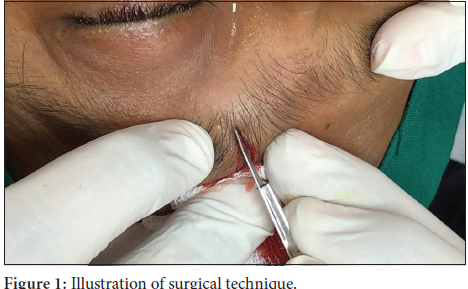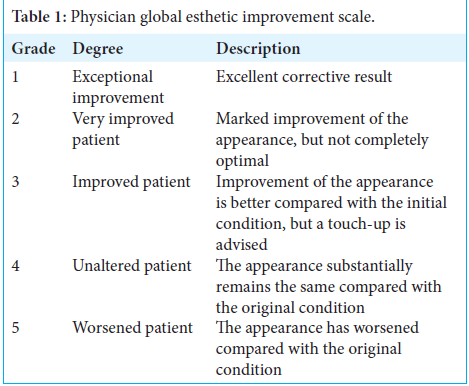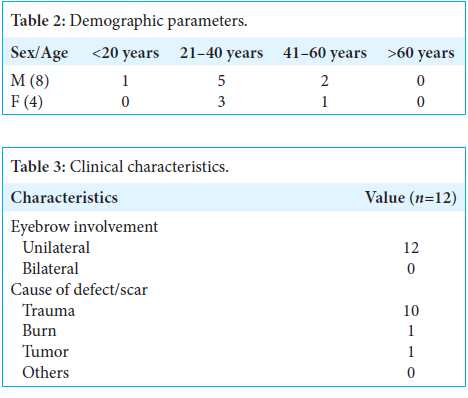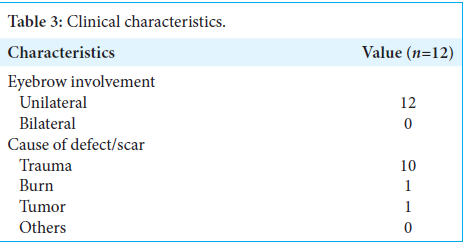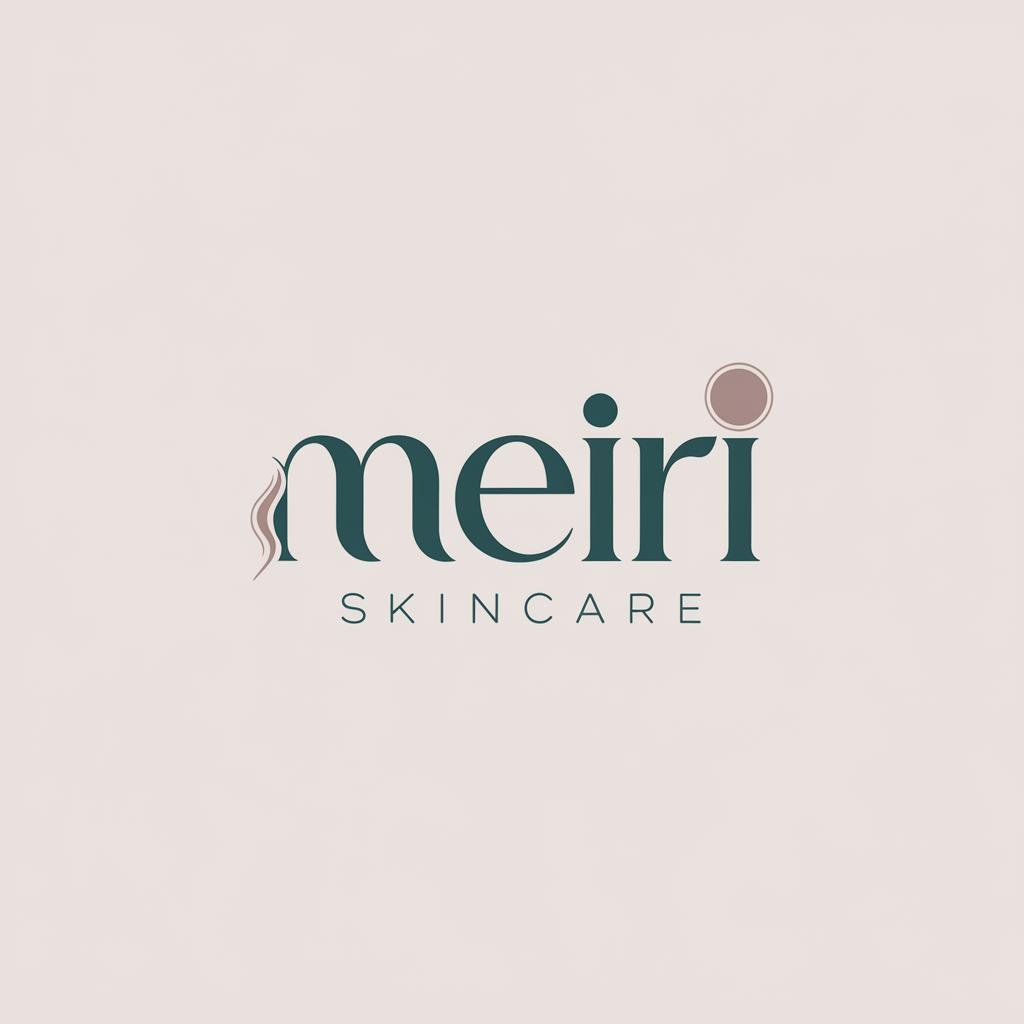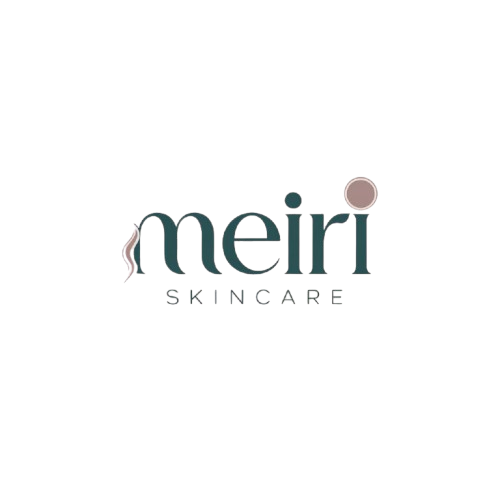Yogesh M. Bhingradia1 , Akshay Arun Vetal2 , Heena Singdia3 , Aarushi Kinjalk4 1 Department of Dermatology, Venereology and Leprosy, Shivani Skin Care and Cosmetic Clinic, Surat, Gujarat, 2 Department of Skin and VD, Lokmanya Tilak Municipal Medical College, Mumbai, Maharashtra, 3 Department of Skin and V.D, Sawai Man Singh Medical College, Jaipur, Rajasthan, 4 Shivani Skin Clinic Surat, Surat, Gujarat, India.
ABSTRACT
Patients seeking reconstructive facial surgery desire aesthetically pleasing outcomes with minimal visible
scarring. For scalp incisions, bevelled angle of 45° is typicallypreferred to preserve hair follicles. However, no
consensus exists regarding the ideal incision angle for the brow area. is observational study analyzed the
surgical outcomes of 12 patients with eyebrow defects treated using a simple elliptical excision with a bevelled
incision, addressing various indications such as posttraumatic scars, post-burn scars, and tumors. Outcomes were
evaluated using the Physician Global Esthetic Improvement Scale at 7 days and 3 months post-surgery. At 7 days,
50% of patients showed very good improvement, and the other 50%showed moderate improvement. By 3 months,
33% of patients exhibited exceptional improvement, 50% showed very good improvement, and 17% demonstrated
moderate improvement. is study concludes that direct excision and approximation with an angled incision
along the hair follicle direction provide favorable aesthetic results for eyebrow reconstruction.
Keywords: Bevelled incision, Eyebrow reconstruction, Post traumatic scar revision
INTRODUCTION
Eyebrows play an important role in human face recognition, eyebrows may serve as high-contrast
lines that give the appearance of the brow greater clarity and emphasis, and their associated
musculature allows for sophisticated, often involuntary gestures that may be discerned from a
relatively large distance.1
Eyebrows have important functions concerning facial recognition,
sexual dimorphism, facial expression, and facial esthetics. Eyebrow defects are caused by trauma,
burns, and excision of tumors. Esthetically unappealing eyebrow scars, for which treatment can
sometimes be challenging, although it is with several options. ere are various scar revision
methods such as direct approximation, advancement flaps (Z-plasty, A-T, O-T, O-H, O-U, and
O-L flaps), rotation flaps, skin grafts, tissue expansion, and microvascular transfer.2,3 ese
choices vary from patient to patient and must be carefully considered on a case-to-case basis
by a dermatosurgeon. Hence, a proper way of scar reconstruction along with experience, and
meticulous planning helps in achieving the best surgical outcome. Hence, this article will pose an
overview of eyebrow reconstruction techniques with esthetically best outcomes and retaining the
normal eyebrow hairline.
- This is an open-access article distributed under the terms of the Creative Commons Attribution-Non Commercial-Share Alike 4.0 License, which allows others
to remix, transform, and build upon the work non-commercially, as long as the author is credited and the new creations are licensed under the identical terms.
©2024 Published by Scientific Scholar on behalf of Journal of Cutaneous and Aesthetic Surgery
Aim of study
The study aims to study the surgical outcome of eyebrow
reconstruction by simple elliptical excision with beveled
incision.
CASE SERIES
Material and methods
Our study is an observational study conducted in a private
skin and hair clinic in Western India for 2 years from 2019 to
2021. A total of 12 patients with eyebrow defects were treated
with simple elliptical excision and direct approximation.
The objectives and purpose of the study were explained to all
patients, in their preferred language. After obtaining consent,
a detailed history, clinical examination pertaining to the aim
of the study, and clinical photographs as per international
standards were recorded in a specially performed format
designed for this study. Patients were also subjected to
evaluation of defects such as scar and tumor properties which
are essential before reconstruction. It includes visual, tactile, and
sensory assessments. Visual assessments consist of scar color,
height, and surface appearance, whereas sensory assessments
include itching and pain, which represent scar instability.4
Tactile assessments include elasticity and pliability, with good
pliability regarded as smooth movements of scars in various
directions and good elasticity as the scar being more than 50%
of the height of surrounding healthy tissue.5 Patients underwent
baseline investigations and were then opted for surgery.
Procedure
After prepping the surgical field with betadine and spirit, the site
was marked according to the size and shape of the defect using
a skin marker. With the help of surgical blade no. 11, beveled
skin incisions along the direction of hair follicles were made to
prevent the transection of hair follicles, and the skin was excised
in a single stroke to avoid overlapping and cross-hatching
[Figure 1]. The wound closure was done by subcutaneous
buried 6–0 polyamide black non-absorbable suture followed by
a cutaneous vertical mattress using 6–0 polyamide black. The
sutured site was cleaned using betadine and normal saline. The
post-procedure photographs were taken and were packed taking
all aseptic precautions. Suture removal was done on the 7th day.
Evaluation
Photographs were captured at the following visits: First visit,
7th day of the procedure after suture removal, at the end of
1 month, and 3 months for the assessment of the scar. The
overall outcomes of scars are assessed by the Physician and
Subject Global Esthetic Improvement Scale in 3rd month
[Table 1].
Results
A total of 12 patients were enrolled in our study, among
which 8 (66%) were males and 4 (33%) were females. Age at
